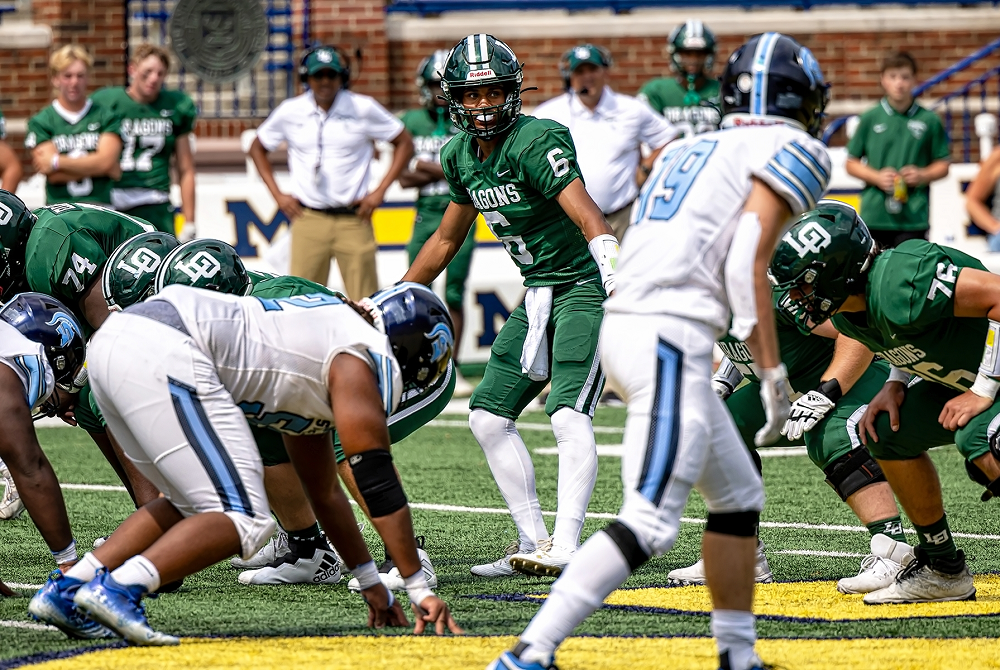
Be the Referee: Soccer Timing
By
Sam Davis
MHSAA Director of Officials
September 20, 2022
Be The Referee is a series of short messages designed to help educate people on the rules of different sports, to help them better understand the art of officiating, and to recruit officials.
Below is this week's segment – Soccer Timing - Listen
One of the biggest complaints people make about professional soccer is never knowing how much time is really left in the game. The clock counts up from zero, and the referee can add time at their discretion.
But that’s not the case in high school soccer.
To start with, halves are 40 minutes, not 45. The clock starts at 40 and counts down. And when players are injured and the ball is not in play, the clock will stop and then restart when action is ready to continue.
In the last five minutes of the game, the clock stops for substitutions by the leading team, so a coach can’t stall by sending in a new player. When the clock hits zero and the buzzer sounds … the game is over. There’s no guessing how much added time there is – the end of the game is the end of the game.
Previous Editions:
Sept. 13: Volleyball Replays - Listen
Sept. 6: Switching Sides - Listen
Aug. 30: Play Clock - Listen
Aug. 23: Intentional Grounding Change - Listen

Be the Referee: Football Rules Similarities
By
Sam Davis
MHSAA Director of Officials
August 30, 2023
Be The Referee is a series of short messages designed to help educate people on the rules of different sports, to help them better understand the art of officiating, and to recruit officials.
Below is this week's segment – Football Rules Similarities - Listen
Last week we highlighted some major differences between high school football and the college and pros. This week — how about some of the things that are similar?
New as of last year is the addition of a tackle box when judging intentional grounding. In high school, like college and pros, the QB must be outside of the tackle box and throw it past the line of scrimmage for it to NOT be intentional grounding.
Horse collar tackles are penalties at all three levels of play. The ball carrier must be pulled down backward or to one side for there to be a foul … but if there is, it’s 15 yards.
And a receiver at the high school level needs to have a body part down in bounds, the same as in college. But the NFL requires two feet in for a catch.
Previous Editions
Aug. 23: Football Rules Differences - Listen
(PHOTO by Douglas Bargerstock.)

